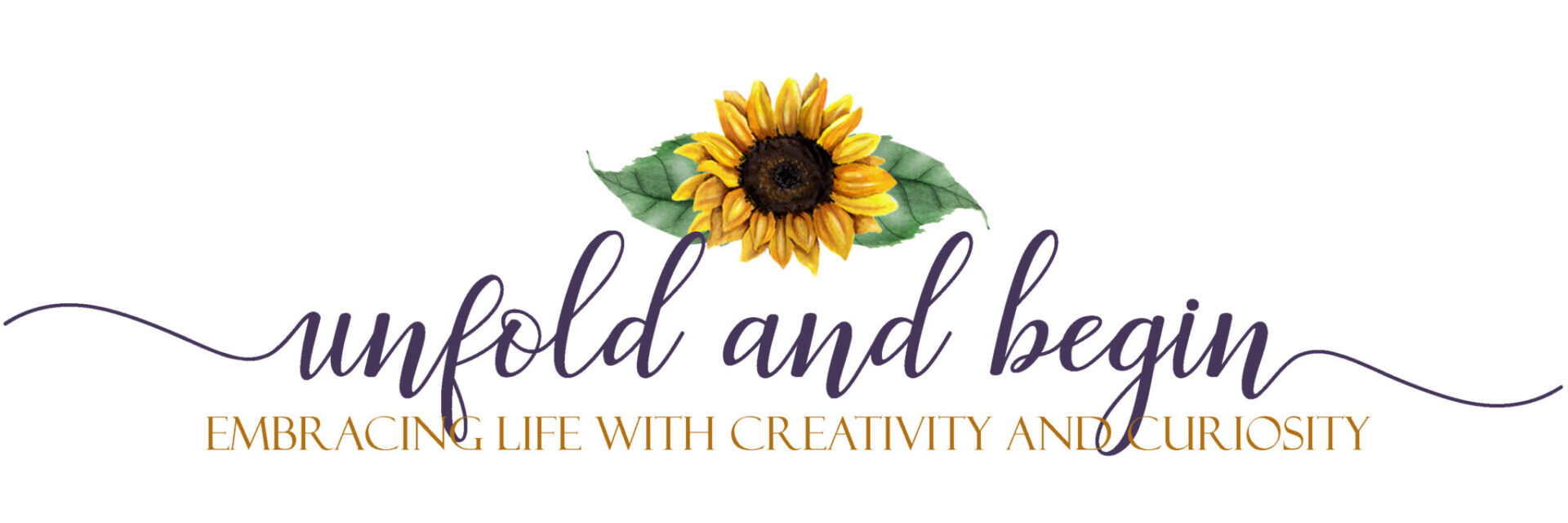It’s been a long 6 months and with winter creeping upon us and the infection rates starting to creep back up we’re probably all starting to stress out again. That’s why now is the time to revisit our self-care. Now. Before the holiday starts. Before the cold weather starts creeping in and we need to move back into buildings with other people, we need to go inward and focus on reducing our stress and fears. Let’s move forward with a peaceful, calm mind while calamity is happening all around us.
I thought October would be a great time to focus on different calming and meditation techniques to practice. October is a transition month, it might be cold in the morning and at night but during the day it still gets pretty warm. Little reminders of summer while getting us ready for colder temperatures.
I know the idea of trying to sit for 20 minutes or more and empty your mind of thoughts is daunting. So don’t do it! You read that right. Don’t. Do. It.
What It Isn’t
First, meditation isn’t about emptying your mind of thoughts. That’s impossible unless you’re dead. It’s about having those thoughts and not letting yourself get caught up in them. Also, meditation is NOT visualization. The two are separate. In meditation you detach yourself from your thoughts; in visualization, you’re attaching yourself to a vision of who you want to be or what you want to do.
Your mind is a racing vortex of thoughts. All day long. You might be thinking of a project you’re working on, and then thoughts about a book you’re reading or a show that you watched start to creep in. Along with thoughts about the people in your life, other things you need to do, shopping reminders, and a host of other thoughts. How do you stop that?
As I said. You don’t. But you can detach from those thoughts. You can allow them to swirl through your mind and not get caught up in them. You can train your mind to notice and to step away. To notice and let go.
One meditation teacher I had said it was like training a puppy to use a pee mat (I know, pretty image…lol) Every time the puppy wanders away from the mat, you have to keep bringing it back. And you keep bringing it back until the puppy learns to stay on the matt. During meditation, when you find yourself getting caught up in your thoughts, you have to pull yourself away from them and bring yourself back to your mat (how about a yoga mat instead of a pee mat?)
Is it easy? Hell no! Some of my meditations are me just bringing myself back to the mat over and over again. That’s ok. At least I brought myself back to the mat.
How Do I Do It?
Some also get caught up in the posture of mediation. They think they have to sit in lotus on a floor, or if not lotus, at least cross-legged. That’s BS.
There are a lot of different forms of meditation and a lot of different “requirements” on how to sit in meditation. But unless you’re practicing to become a Buddhist Monk or even a Meditation Teacher, the only form that’s necessary is the form that gets you started practicing meditation today.
Can’t sit on the floor? Then sit in a chair. Don’t like sitting up? Then lie down. Don’t like being still? Then do a walking meditation. You can try sitting later when you’re ready. You don’t have to start with it.
And if you think you need to start with 20 or 40 or even 60 minutes – STOP! You don’t have to. You don’t learn to drive by jumping in a car and going 60 mph down the highway. You start by learning the basics. How to turn the lights and windshield wipers off and on and where the gears are and how to change them before pulling out of the driveway.
Yes, I’m sure in some traditions, you learn to do by sitting for an hour or more. You learn to do while ignoring your screaming muscles and body aches. But that’s not what I’m teaching today. Instead, I want you to like your practice enough to come back and do it again. Preferably tomorrow. And then the next day. And the next.
Over the next few weeks, I’ll share different meditation techniques that you can try. But this first one needs you to be seated or lying down because we’re going to do it with our eyes closed. You can do this seated in a chair or on the floor. You can even do this lying down. Perhaps as the first thing you do before you get out of bed in the morning or the last thing you do before you go to sleep tonight.
This starter meditation is only going to last 5 minutes. You can set a timer on your phone or use one of the meditation timer apps like Insight Timer. Choose a soothing sound like chimes. On the Insight Timer, you can set it so that a soft bell or gong or chime starts your meditation and then ends it. This is the go-to for us. We like the soothing sounds as they take us into and out of our meditation.
To begin, find a comfortable position. The one that works best for you – seated or lying down. Set your timer for 5 minutes and close your eyes and count to 10. When you get to 10, start over at 1 and count to 10. Keep repeating until the chime sounds.
You’ll find that counting to 10 in meditation is not as easy as it sounds. The first couple of rounds might go off pretty easy, but then you might find yourself at 27 or 48 before you recognize that you’re not counting to 10 anymore. At that moment, when you recognize you’re off track. Start at 1 again.
No worries, don’t chastise yourself, just bring the puppy back to the mat or your attention back to the count again. And again. When the timer goes off you are done.
Why Am I Counting
Why count? Aren’t we supposed to be emptying our minds? Again, we’re not emptying our minds, we are becoming aware of our thoughts and letting them go. By focusing our attention on counting to 10 we are withdrawing our attention away from the other thoughts that swirl through our mind. And putting our attention only on those simple numbers.
When we find our mind straying away from those simple 10 numbers, we just gently bring it back. We train our puppy to come back to the mat. Over and over again. With time, you may find that you have to bring the puppy back less and less as your mind stays with the counting practice for longer and longer periods.
By counting and focusing on one thing, you are allowing your awareness to get rest from the persistence of all those running, clashing thoughts of your monkey mind.
Let’s Journal It
I also recommend keeping a meditation journal. When the timer goes off and it’s still fresh in your mind, write about your experience. It doesn’t have to be groundbreaking, award-winning writing. Just a few thoughts or sentences on what you experienced, what thoughts you might have been chasing down.
Journaling will help you to see progress when you don’t think there is any. When you first start a meditation practice, you might find it hard to keep bringing the puppy back to the mat, to keep detaching yourself away from your maelstrom of thoughts swirling through your mind. But with a journal, you will be able to see your progress.
I hope you enjoyed this introductory meditation step. Next week we’ll expand up this by looking at other techniques such as breathwork.





I like your no-bunk approach to meditation, Jennifer!
I love the image of bringing the puppy back to the mat. Sadly, my puppy was never good at that but I love the way it works for meditation.
That’s where I’ve struggled with meditation before as I really can’t clear my mind or quieten down all my thoughts and it stresses me out more.
Don’t try to clear all your thoughts. Just be with them and not get entangled with them. As my meditation teacher would say, “bring your puppy back to the matter.”
Basically, meditation is whatever you choose it to be! Great post.